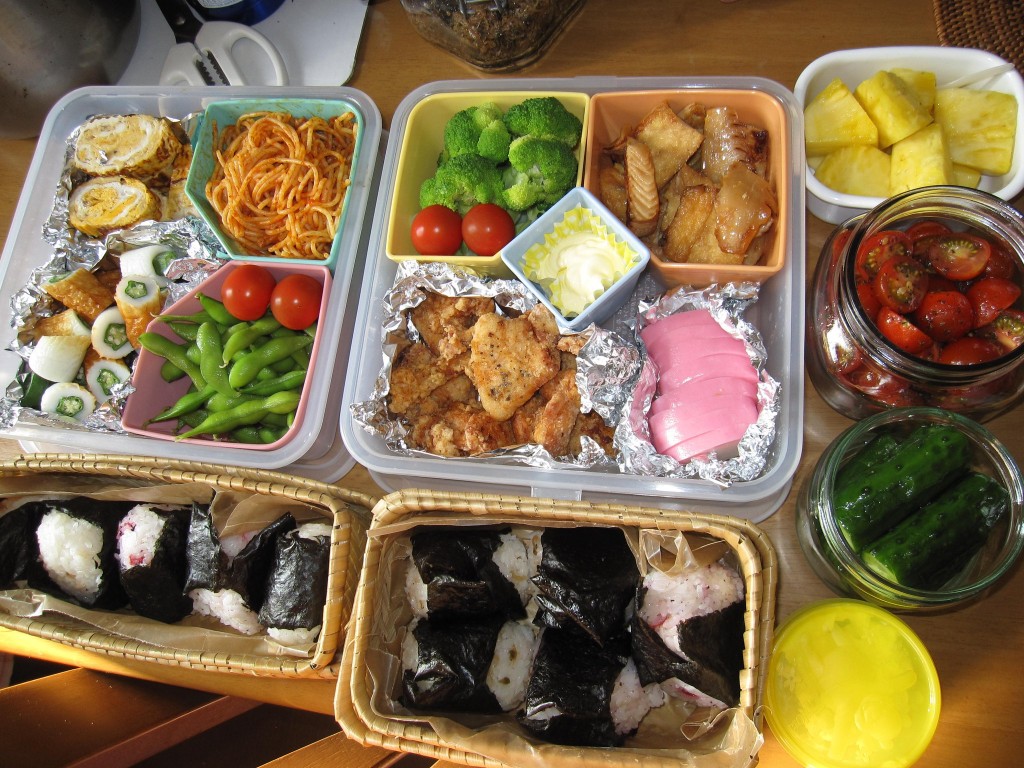I got it right. (Not that I am thrilled). $100 oil is certainly back and from the Bloomberg article saying US economy is OK, it will keep going up. Reports in consumer confidence and jobless claims (less people filing unemployment benefits) are pointing to US economy chugging along OK. Add to that the decrease in supply (inventory of crude / petroleum) in a decade, oil is said to move on an uptrend.
What does that mean for you? It’s not just the gas you put on your car to drive to work. You may not know it but that also means the production, transport and distribution cost for “everything else” is affected. How is that? One example, is increased costs for food:
1. Fruits and Vegetables – watering or irrigation systems of water pumps are powered by gasoline (I know this from growing up among rice paddies). Do you know that pesticides / insecticides are also commonly oil-based (that way the rain doesn’t wash it away?)
2. Livestock and poultry – what would happen to animals that get too hot or too cold? They die. So for livestock especially poultry (chicken, turkey, ducks etc), they need ventilation / “climate control” systems. (Yes, I also know this from growing up years, field trips courtesy of my mom, we visit farms and buy eggs wholesale to buy and sell).
3. Fish – let’s just focus on commercial fishing which anyway provides the bulk of our fish in the markets. The fishermen travel out into the seas, and actually stay there for a week or two, so they need, you guessed it, gasoline, not just for powering the boat, but also to keep the cooling systems to ensure preserve the “freshness” of their catch. If we talk about “aquaculture” fish – well, involving oil somehow, especially if they need to be travelling by boat to, plus others that may need gas powered tools for pumping water, aeration, lighting (for security) etc.
4. Packaging – yes like it or not, our food packaging consisting of plastics / styrofoam / paper / aluminum products that need oil inputs as well to be made.
Then of course varying length of rides to the market increase costs (transport /distribution) , storage and cooling systems in the stores that sell our food. Plus of course us going for food shopping, then cooking for which we may need gas.
Oil is factored into the price when the food reaches your table. (And it’s not fried!)
Read more from this article.
http://www.bloomberg.com/news/2011-12-22/oil-rises-for-a-fourth-day-as-u-s-jobless-claims-unexpectedly-decline.html









